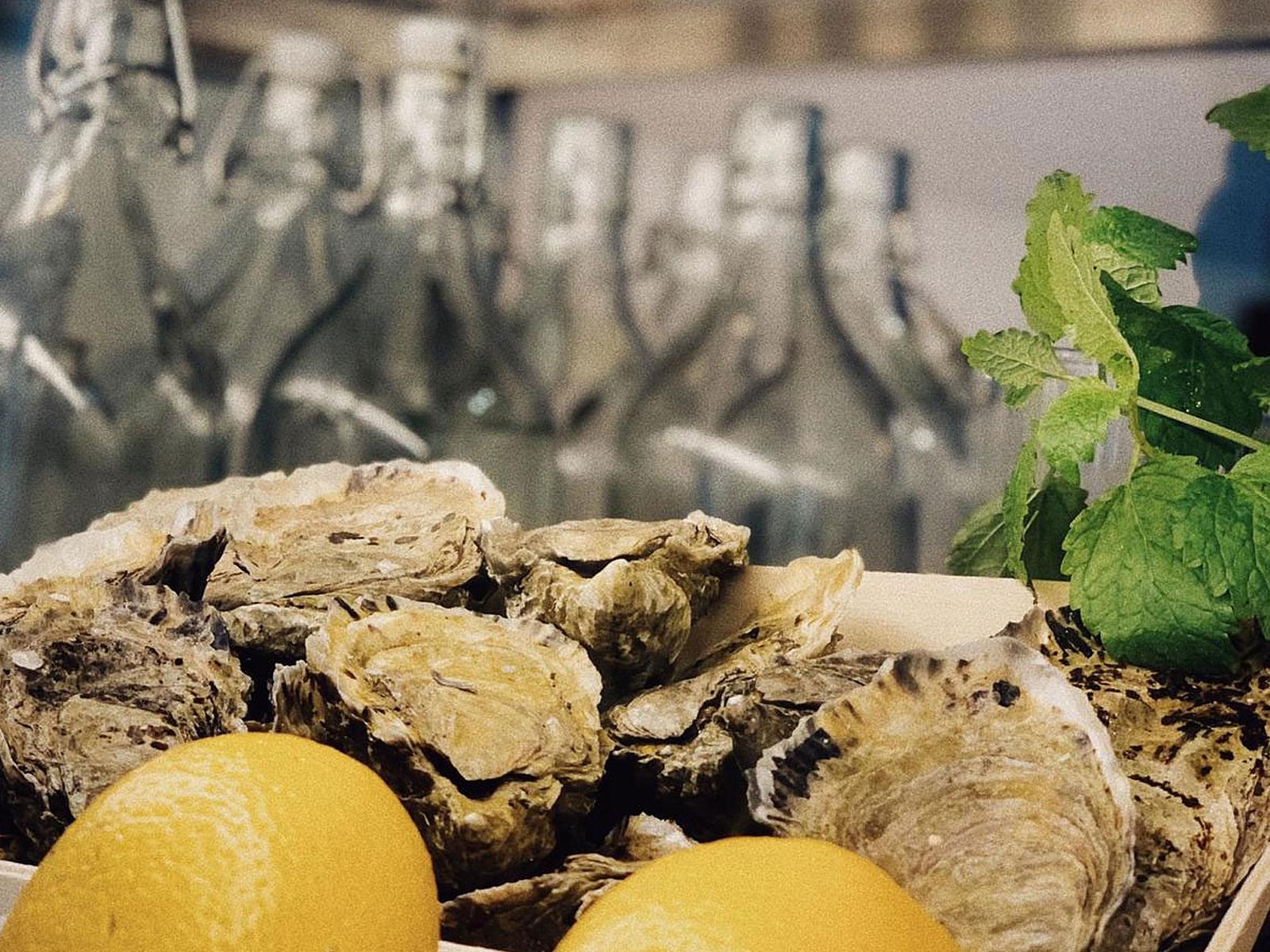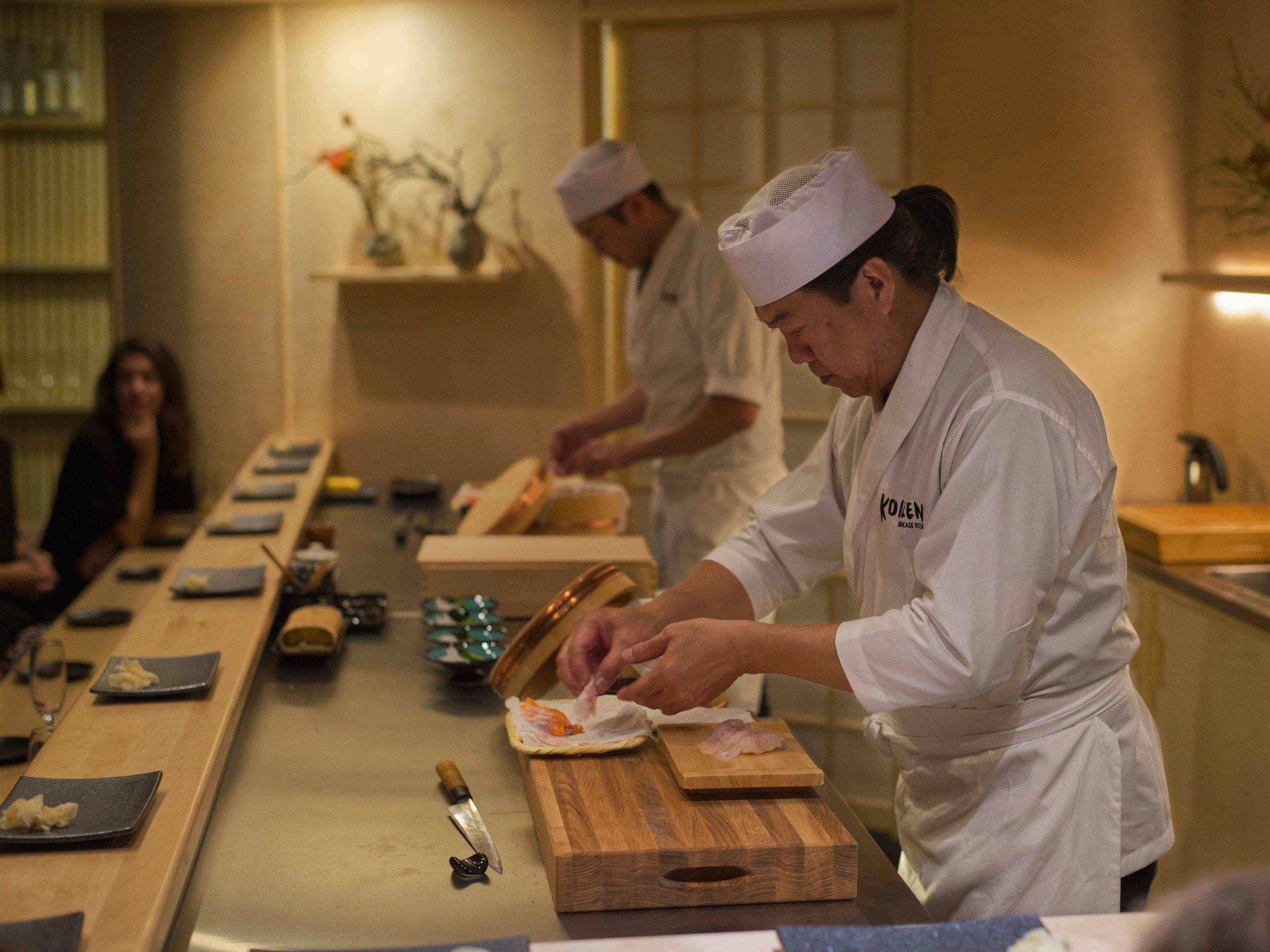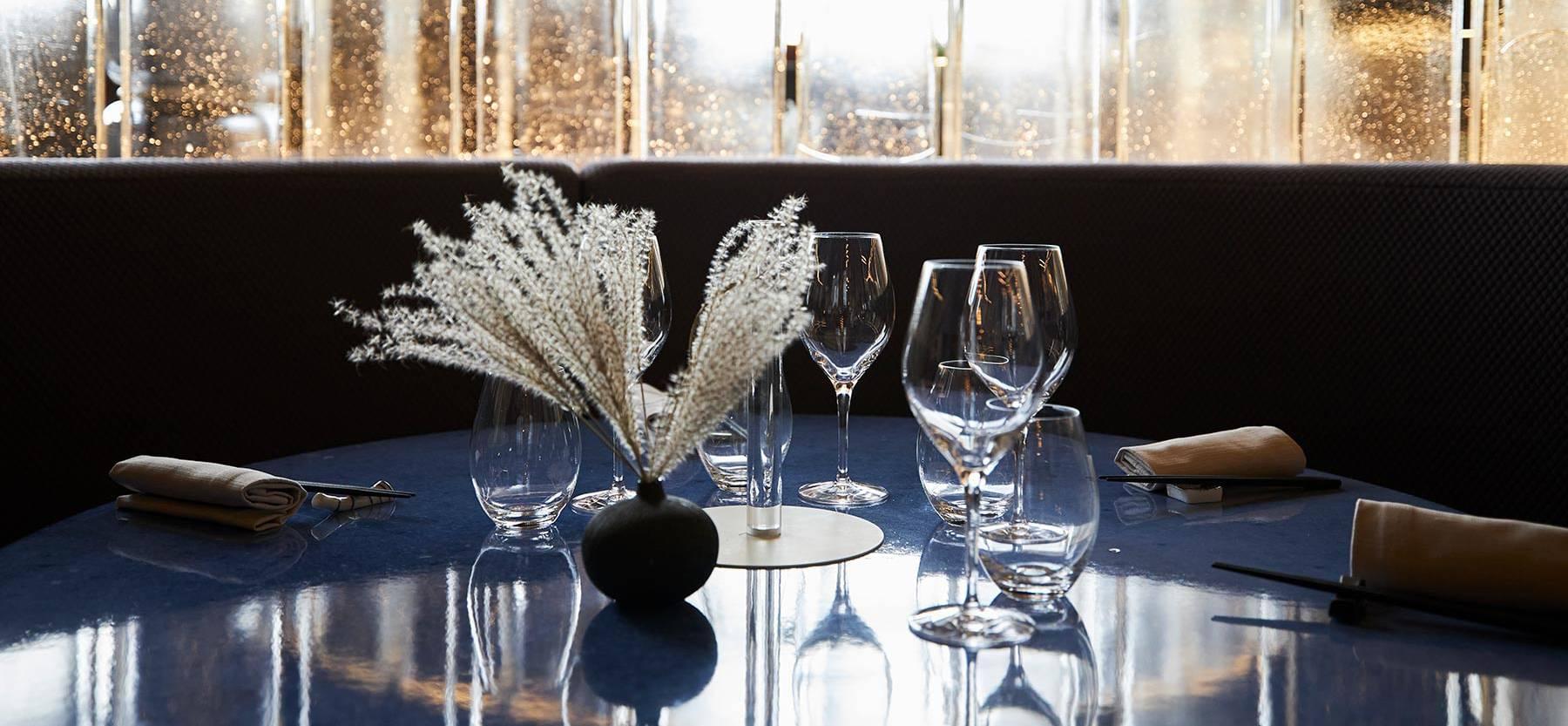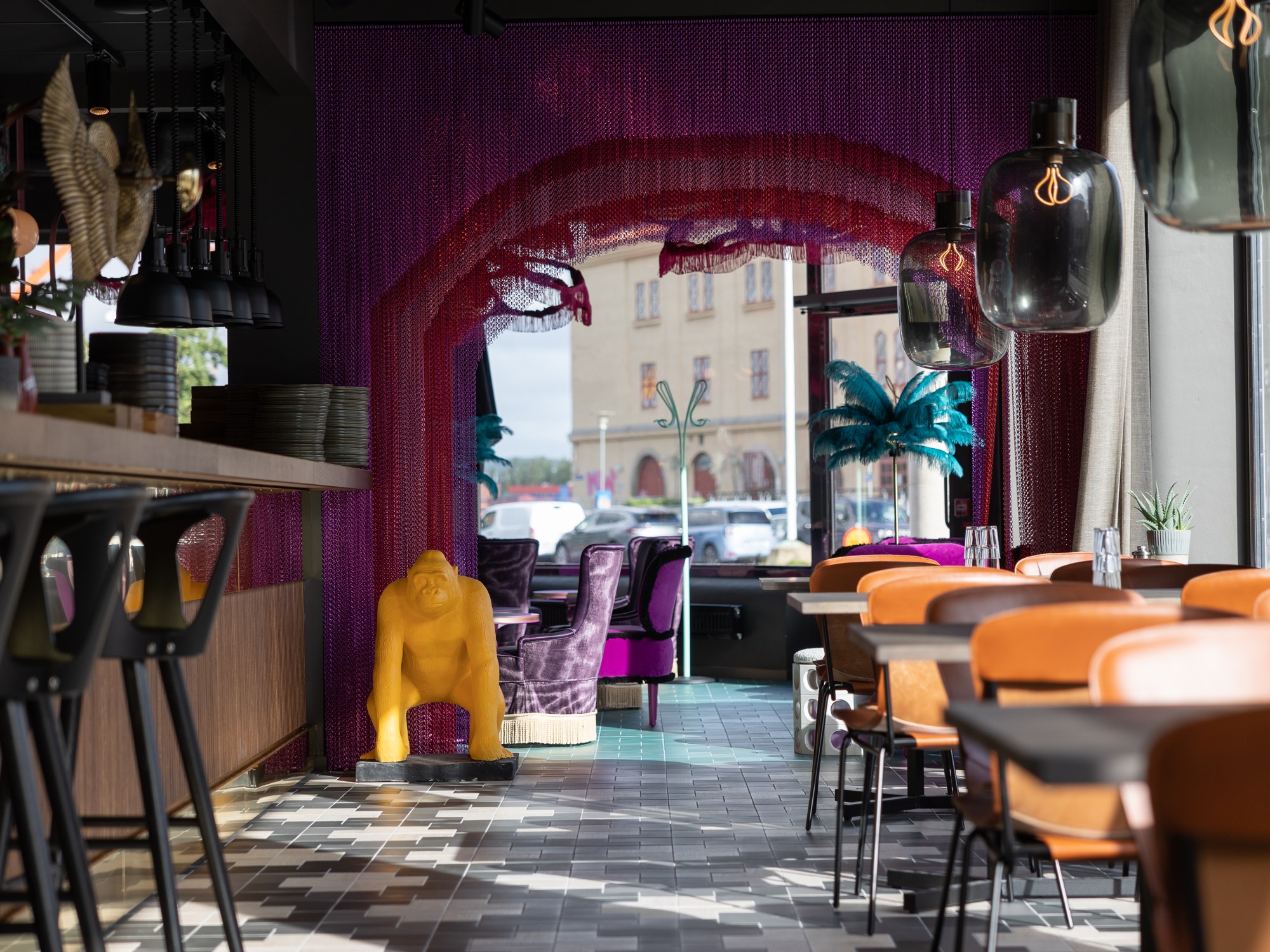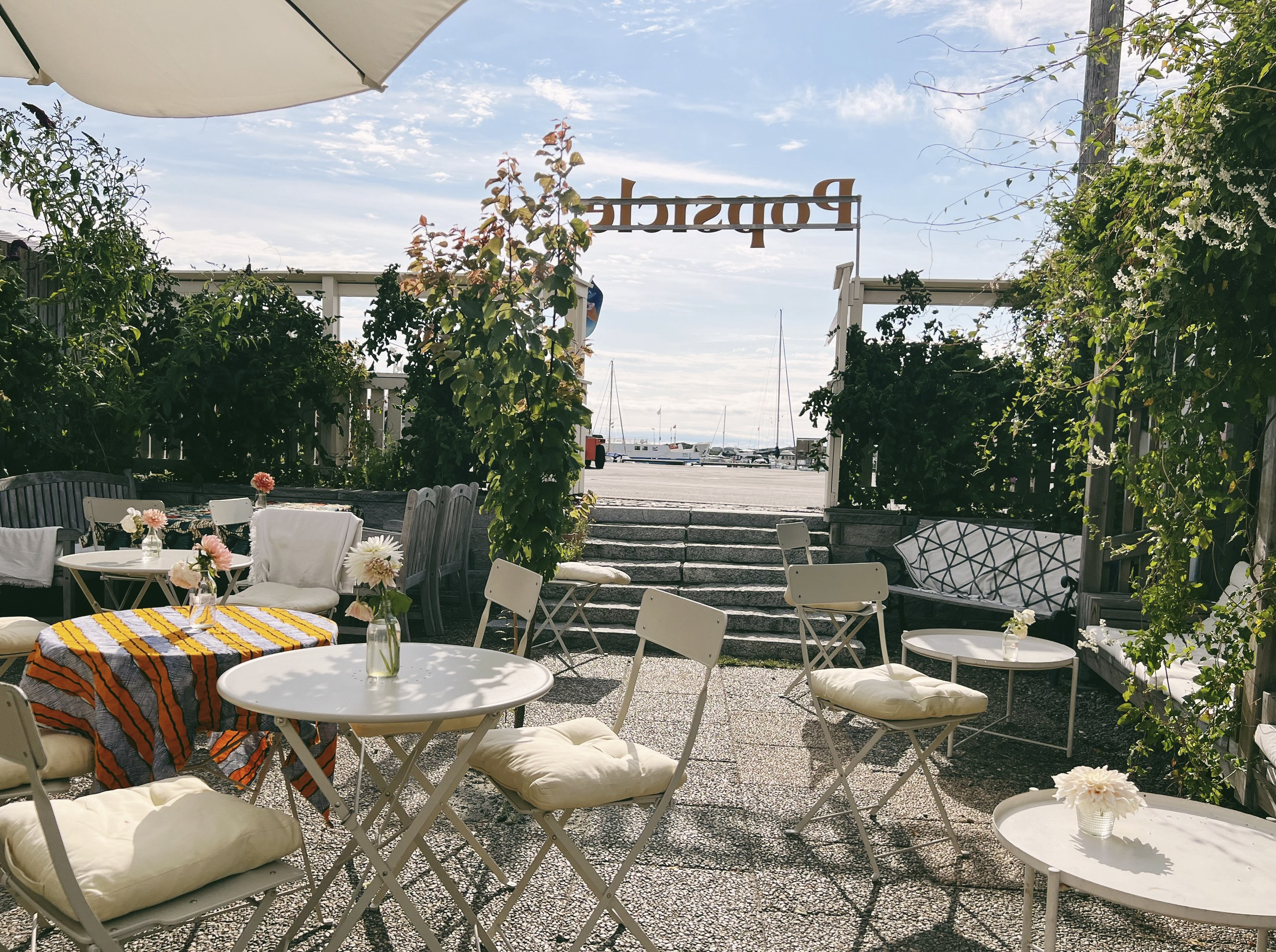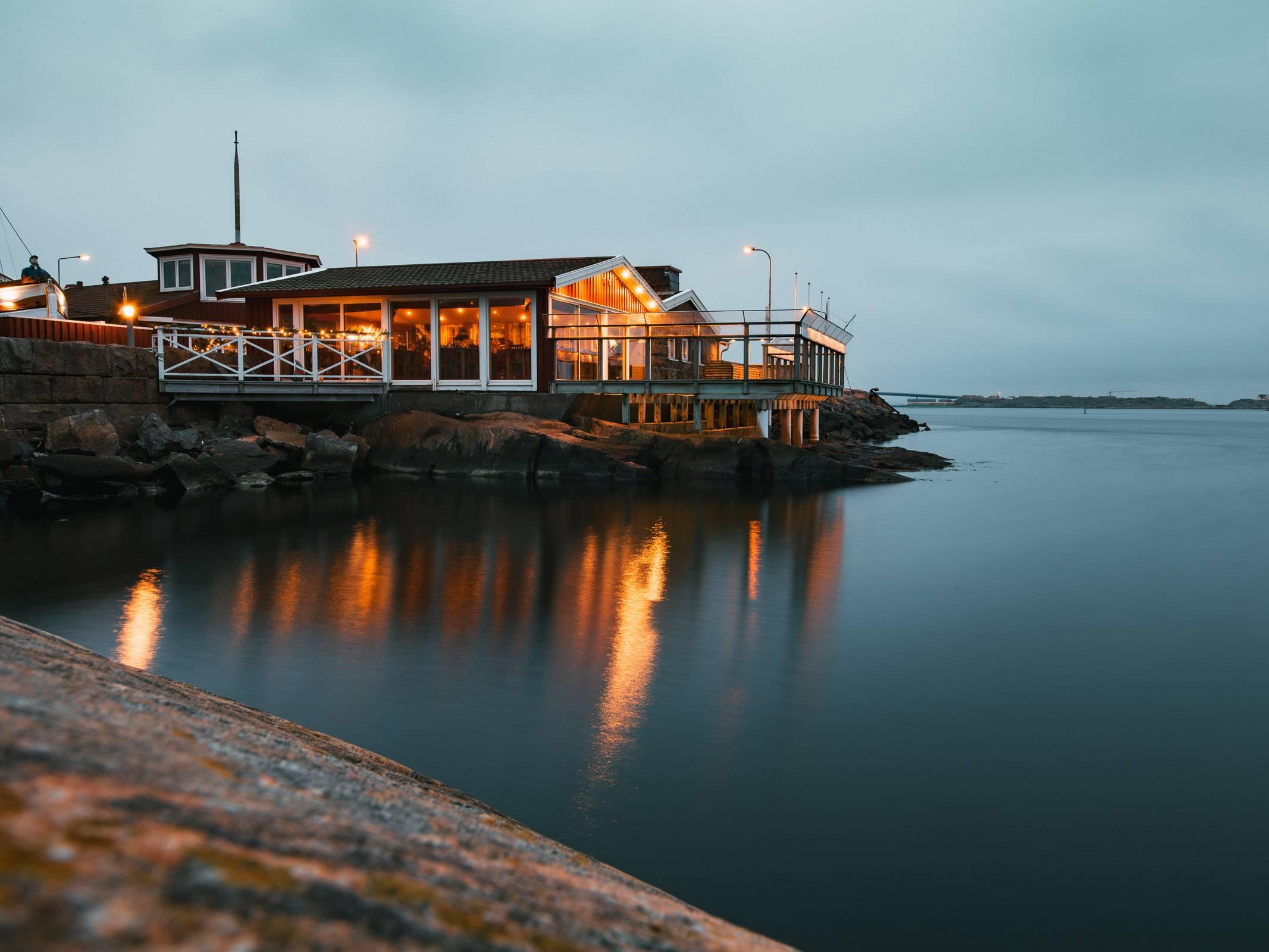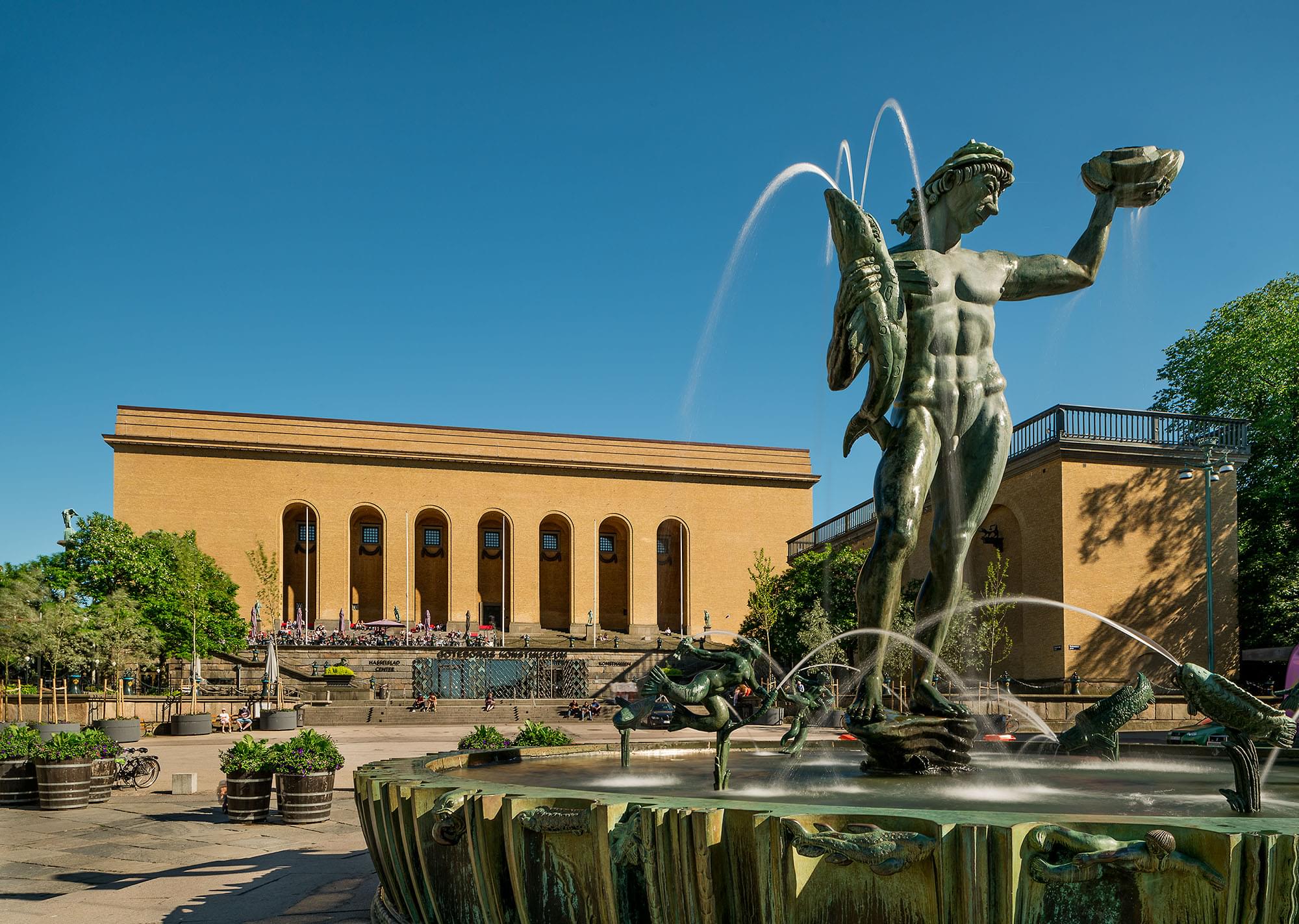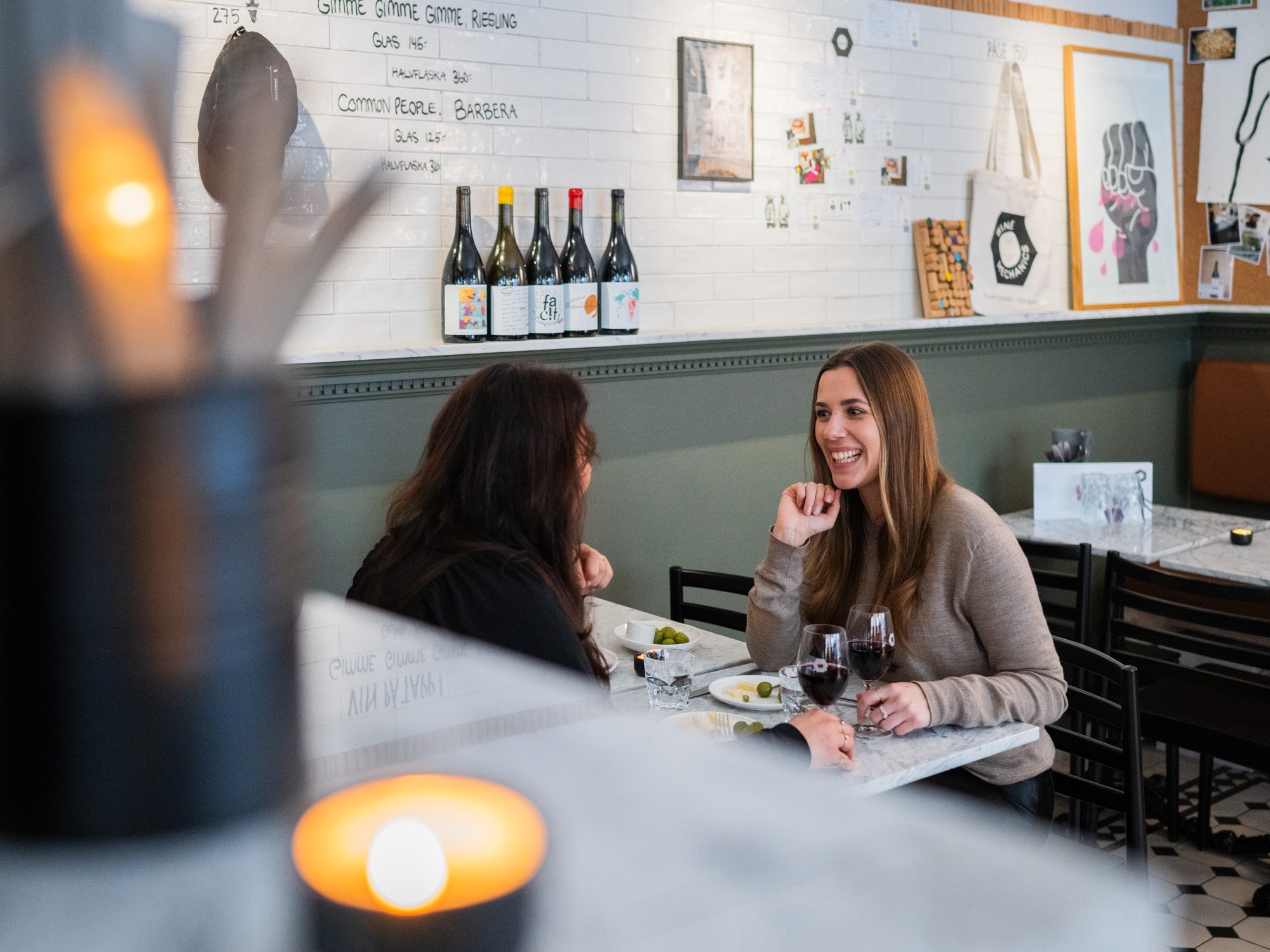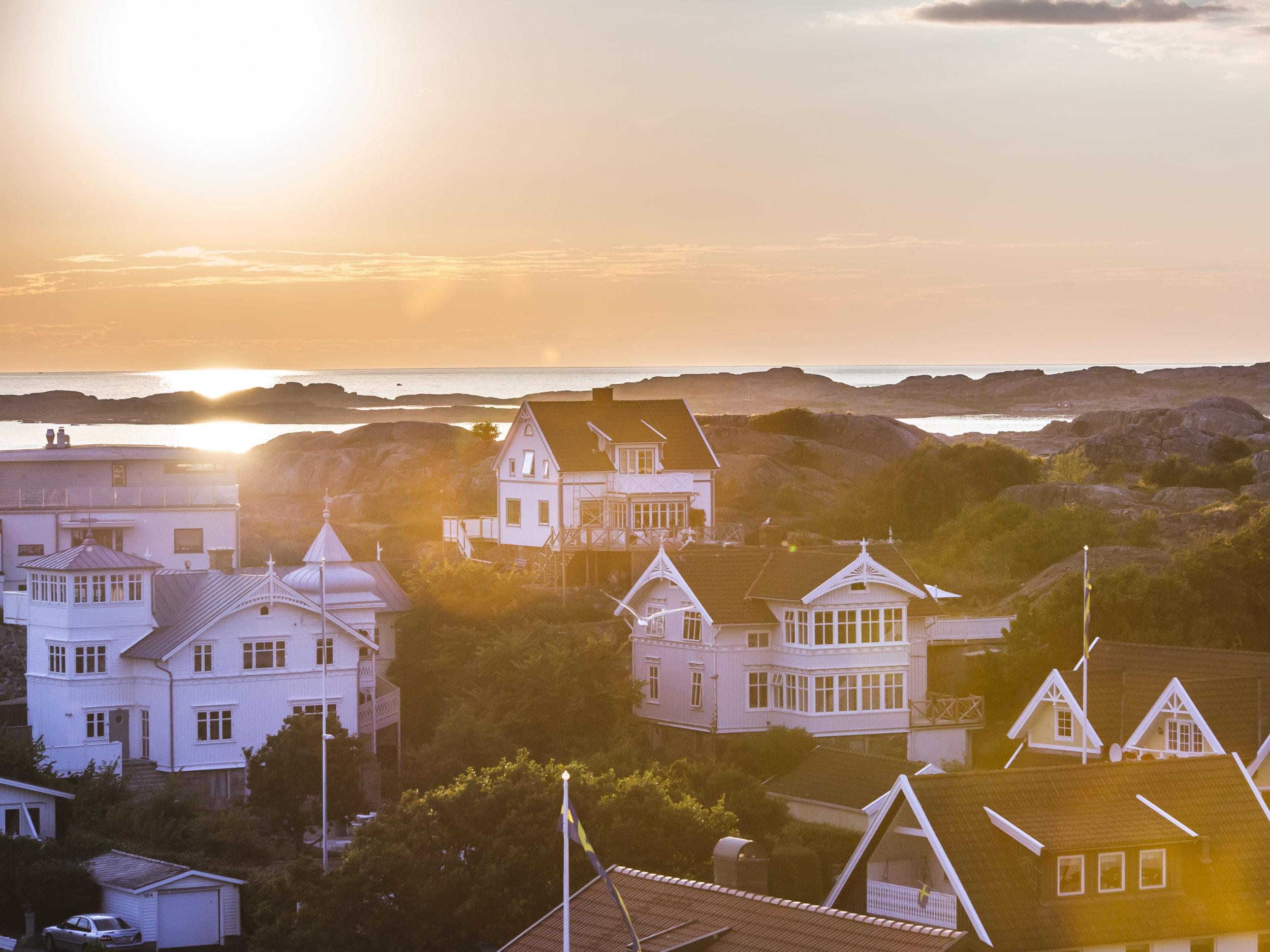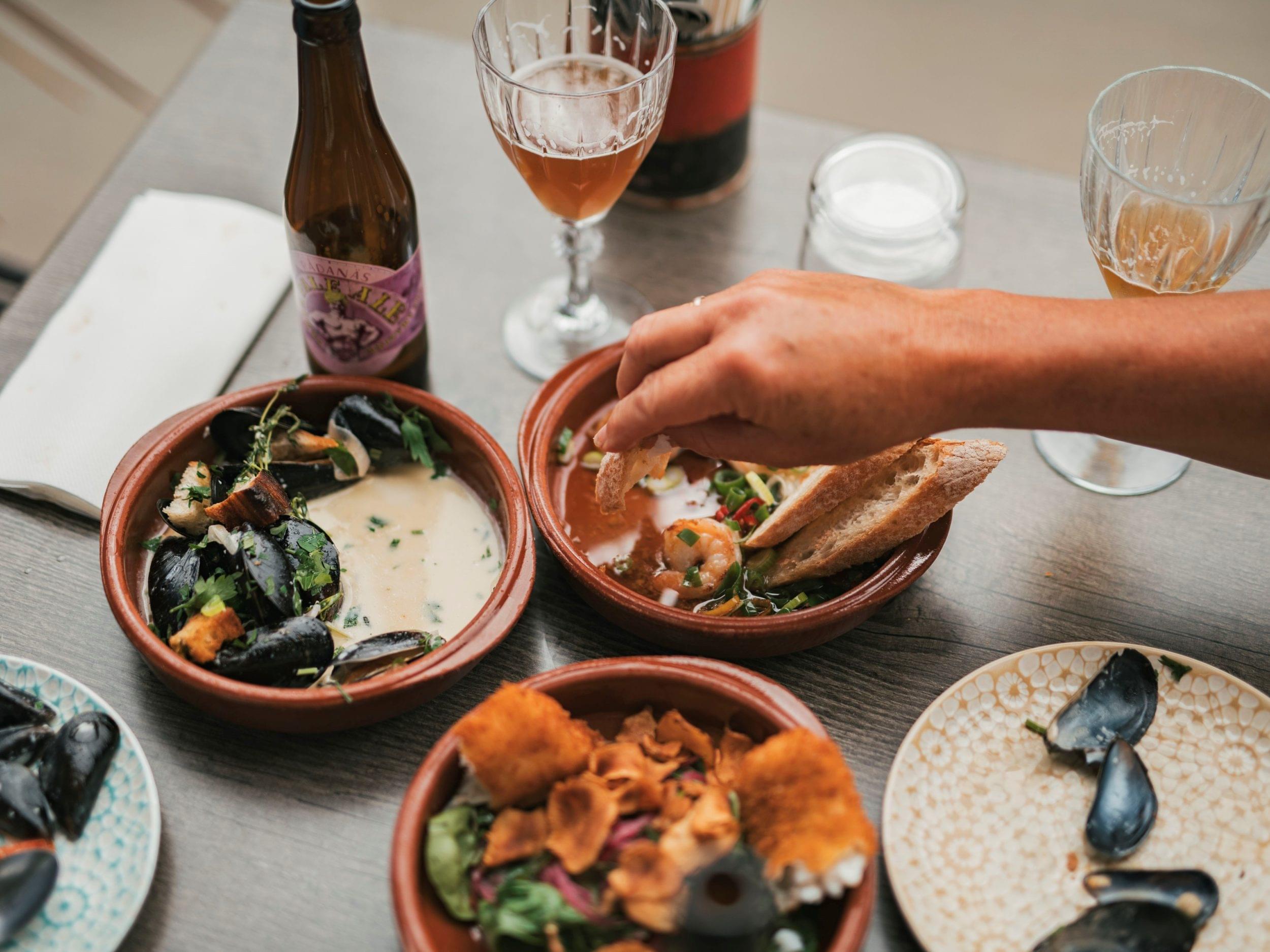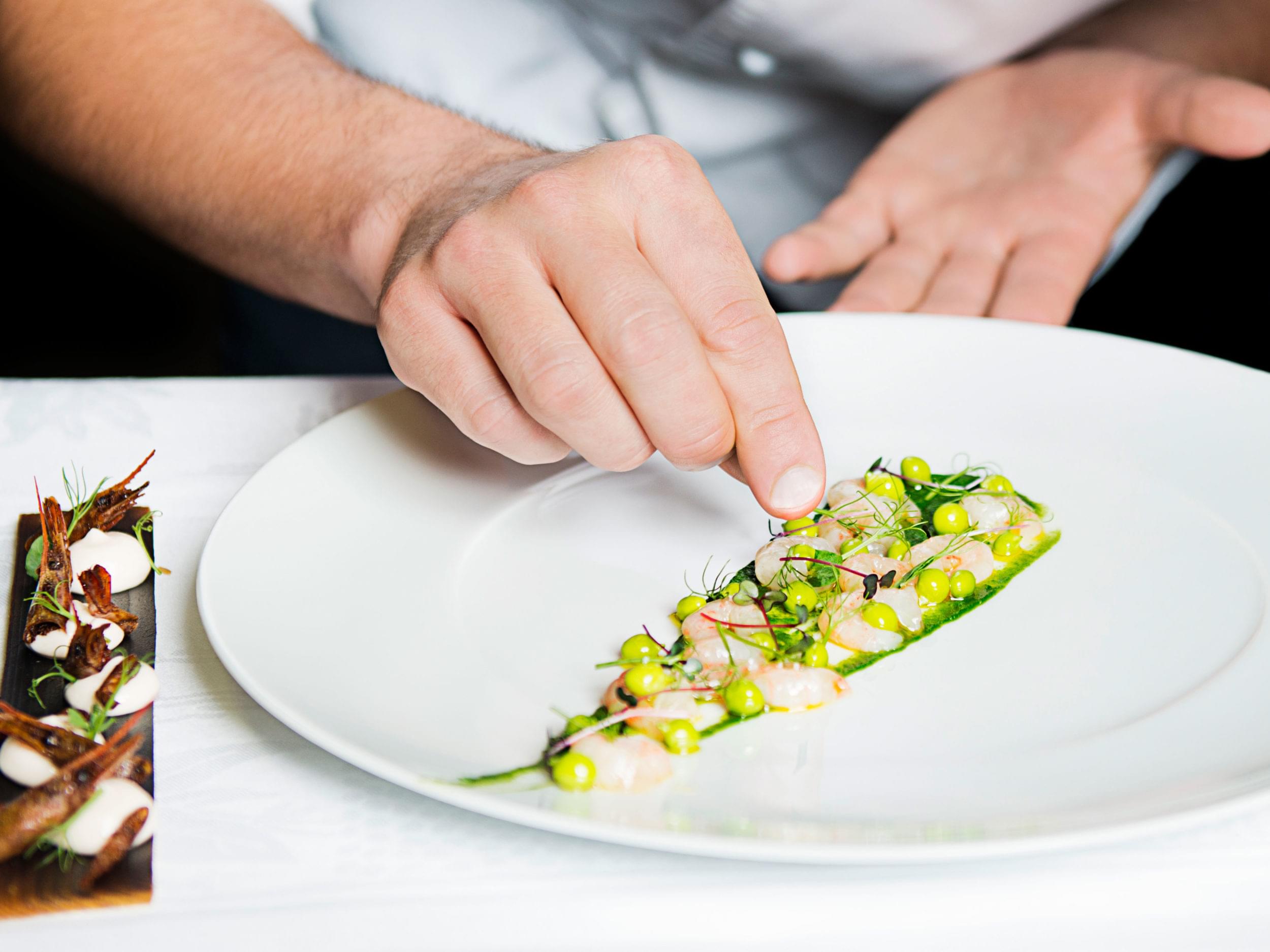Recently, the term “blue food” has made a name for itself in the food and restaurant world. An obvious clue is that it’s food from the sea, but it’s not just any food. Blue food, or blue sea food as it can also be called, is food such as locally wild-caught fish or seaweed, mussels and oysters that have been farmed sustainably.

Some who have worked with blue seafood for a long time are the restaurant Tullhuset on Hönö. Here, for example, mussels are a regular feature on the menu. But a relatively new type of ingredient is also used here, which has become increasingly common in cooking – seaweed.

The properties that seaweed has are many, according to Sofie Pedersen, co-owner of Tullhuset. In addition to the fact that seaweed is relatively easy to grow, and is also a sustainable product that neither damages the surrounding ecosystem nor biodiversity, seaweed also has great taste value. The seaweed adds both saltiness and umami, both of which are flavours that enhance other flavours. Therefore, the seaweed in many cases acts as a kind of flavour enhancer.

At Tullhuset, seaweed is used in slightly different ways and with many different cooking techniques. Among other things, they have tried smoking the seaweed, which adds a distinct smokiness and saltiness to the dish, but they have also candied the seaweed, wonderfully crispy and sugary, and used for desserts.

The seaweed that Tullhuset buys comes from Ten Island Seafarm, which operates on the same island. The company is run by Cassandra Köbbel, who has two seaweed farms in the sea between Öckerö and Hälsö. Here, the seaweed is harvested once a year by hand from paddleboards. The seaweed that Cassandra grows is sugar kelp, a brown algae that can grow several meters long and has a sweet taste due to its high content of the sugar alcohol mannitol.

It is not only Tullhuset on Hönö that buys seaweed from Ten Island Seafarm. In addition to the Gothenburg restaurants Fiskbar 17, Koizen, Vrå and Heurlins, the Michelin star-awarded Äng at Ästad Vingård and the Icehotel in Jukkasjärvi choose to buy seaweed from Cassandra’s farms.
Restaurants that work with seaweed or other blue food

Seaweed is not only a ingredient suitable for cooking. It can also be used in beverage making to add a more exciting and additional layer of flavour. One example is Tångkraft, which is an organic meal drink partly made from sugar kelp, with a fresh taste of apple and lime. It is excellent as a non-alcoholic drink with food or as a thirst quencher with ice and lemon. Another example is Bohuslänsk Tånggin, which, just as it sounds, produces gin flavoured with, among other things, smoked seaweed.

The blue sea food will also be constantly present in the newly renovated and soon to be opened Feskekörka. Here, visitors will be greeted by a market hall with delicacies from the sea, several different fish counters and brand new restaurants and bars. Feskekörka opens its doors to the public on May 16.

